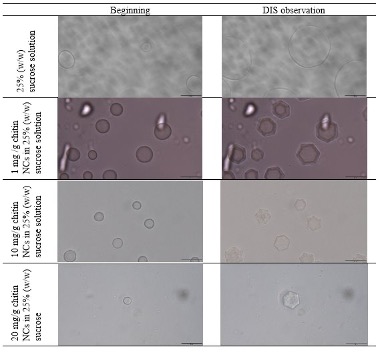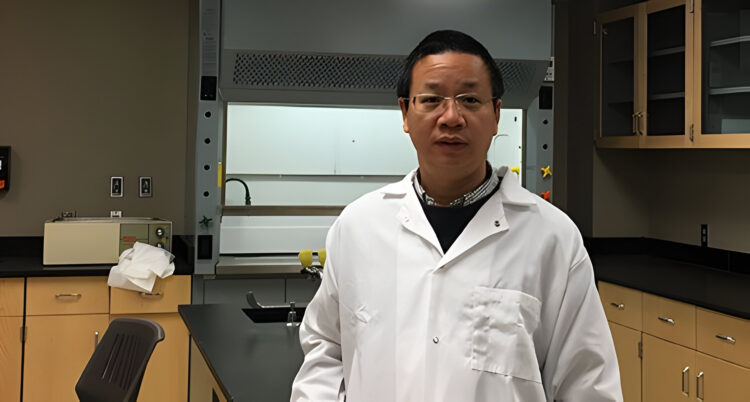Chitin nanocrystals for ice recrystallization inhibition
The Problem
When frozen foods undergo ice recrystallization over time, it develops a gritty and icy texture. This recrystallization occurs with and without the temperature fluctuations. Currently, several polysaccharide gums are used to stabilize the product structure and improve its texture by inhibiting the ice recrystallization.
The Solution
Researchers at the University of Tennessee have found several groups of amphiphilic materials with ice recrystallization inhibition activities. The ice-binding ability of chitin nanocrystals was demonstrated by an ice-shaping experiment at concentrations as low as 1mg/g in 25% (w/w) sucrose solution.

Benefits
| Benefit |
|---|
| Has excellent emulsion stabilization ability. |
| 40-fold less active than AFP I and III on a mass concentration, ranking them on the same magnitude as PVA, safranin-O, and zirconium acetate for IRI in 3.0% and 30.0% sucrose solutions. |
More Information
- Tyler Newton
- Assistant Technology Manager, Multi Campus Office
- 865-974-1882 | cnewto12@tennessee.edu
- UTRF Reference ID: 23080
- Patent Status:

Innovators
Dr. Tao Wu

Associate Professor, Department of Food Sciences
Dr. Wu received his Ph.D. in Food Science from the University of Tennessee, Knoxville in 2007. His research focuses primarily on food carbohydrate chemistry. His research topics include the interaction of carbohydrates with food components on quality, sensory, digestion, and health properties of foods; carbohydrate-derived materials with novel physicochemical and nutritional properties; and chemical modifications of carbohydrates for food applications. Additional research interests are high-intensity ultrasound, deep eutectic solvents, and food nanotechnology.
Read more about Dr. Tao Wu